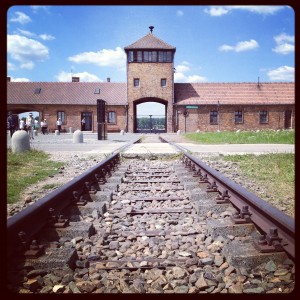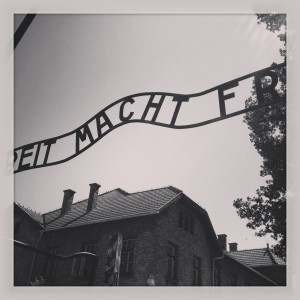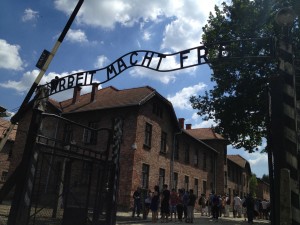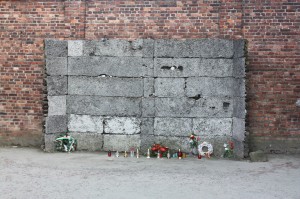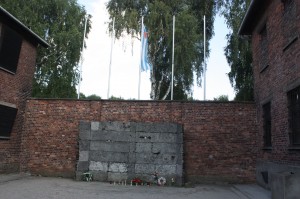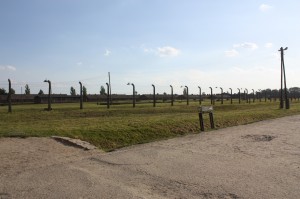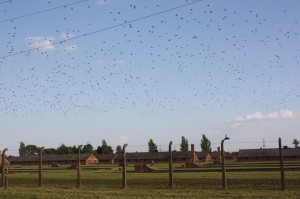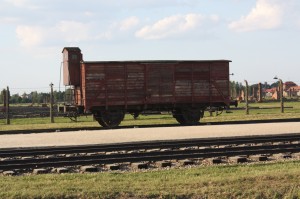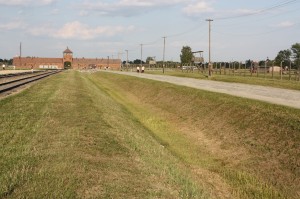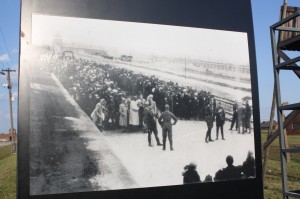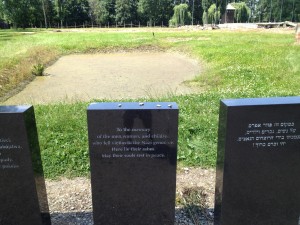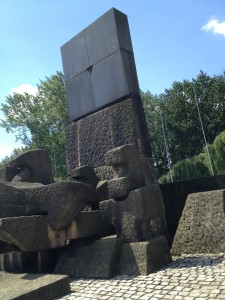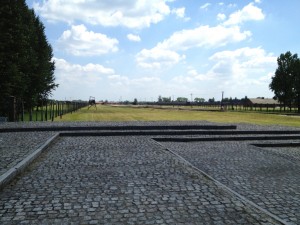Auschwitz-Never Forget
Auschwitz is the 4th concentration camp that I have visited—and you never get over the shock of the horror of it all. The sheer size alone of Birkenau took my breath away upon arrival—it was in fact, a factory of death.
Please be warned I am going to post some uncomfortable pictures in this blog, because I feel it’s important to be a witness to history, and never repeat it.
I drove myself to the camps from Krakow, because Dan and I decided bringing Nathan would be a bad idea. Google maps only showed Birkenau so I took myself there, hoping to find Auschwitz along the way. When I pulled into Birkenau, the first thing you see as you are driving up is the infamous train station and tracks (Think about the scene in Schindler’s list)—and it literally made me gasp. It took my breath away to see this place, to understand the depths of the horror that had taken place here. I was immediately struck on its size—Birkenau is just so massive and awful.
But I needed to get to Auschwitz before 10AM in order to avoid the guided tour because I really wanted to be alone with my thoughts. So I decided I would come back to Birkenau and I got in my car and got lost. I ended up coming back to Birkenau and asking for directions (should have done that in the first place). I was a little flustered when I arrived-there are no signs until you are there and the parking attendants waving you in felt like a scam to me—because they have them on two sides of the street-competing for your business. I found this so disorienting and because I didn’t know where I was, I was unsure if I had the right place. You can’t tell what it is when you pull in.
I needed to adjust my thoughts when I got there because I was so distracted by all the confusion of getting there, so I walked in and just stood there, taking it in. I took in the ironic sign that says “Arbeit Macht Frei” (Work Sets You Free) and started to feel the death around me. It was a beautiful sunny, cloudless day, making me actually feel worse. How could so much horror take place here? It’s difficult to wrap your mind around it.
Before the war, this camp was a base for the Polish army, but in 1942 it was turned into a concentration camp where by 1945 approximately 1.1 million people had been murdered, 960,000 of them Jewish. 1.1 million people just here. That doesn’t account for the 11 million other people that were exterminated by the Nazi’s, 6 million of those Jewish.
The barracks have been turned into the museum itself, with memorials to the various sets of people that were murdered. There is a barrack just for Hungarians, just for Poles, Jews, Romas, Austrians, etc. And then the main barrack museum (Barracks 4-7 and 11) that focus on how people lived and died in the camp.
Barrack 4: Features extermination, an urn filled with actual ashes, a model of Birkenau, the Zyklon-B canisters that were used in the “showers” that took 20 full minutes to murder all the people trapped inside the room. For me, walking into the room with all the hair brought me to tears. 4,400 pounds of human hair as each person was dehumanized, shaved and stripped before being murdered-this room makes it all too real. 4400 pounds of human hair. It was in this room that I took a moment, looked up the Mourner’s Kaddish and read the prayer aloud through my own tears.
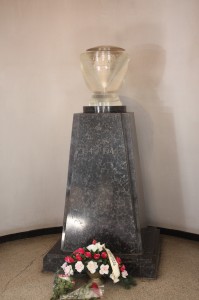
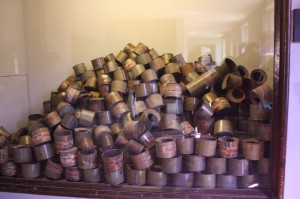
Barrack 5:
Focuses on material evidence of the crimes that took place—mostly the victims belongings (glasses, shoes, prayer shawls, plates and pots, prosthetic limbs and crutches, shaving kits, and luggage with the names of the families written in bold writing.
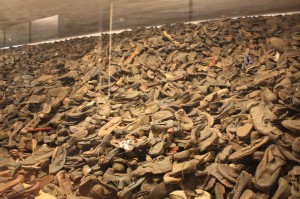
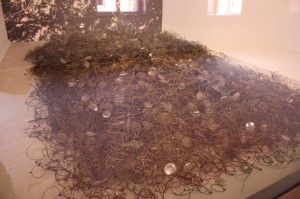
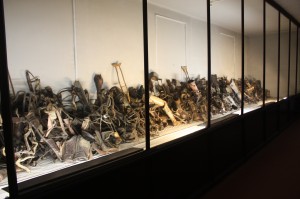
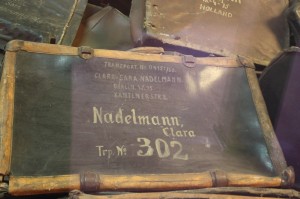
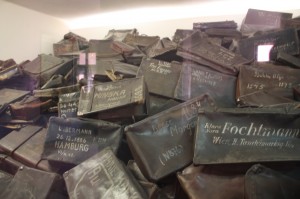
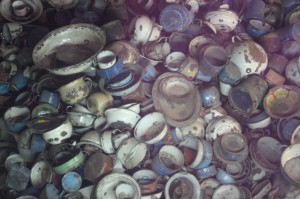
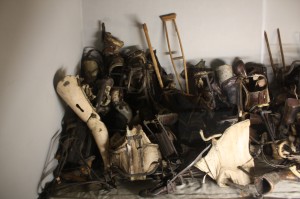
Barrack 6:
Daily life in Auschwitz. The halls are lined with photographs of victims-with arrival dates and dates of death, showing an average life span of 2-3 months in the camp. If you ever wondered about the tattoos that the prisoners had, taking photos became too expensive so they started tattooing prisoners on their forearm instead. I was amazed at the display of the daily portion of food the prisoners received, and not surprised that many people died of starvation (20% died AFTER liberation due to malnutrition and starvation). The lived on a pan of tea or coffee, thin vegetable soup and a piece of bread made from sawdust or chestnuts—for the whole day. The display on the children of Auschwitz is the most horrifying. As a mother of a young child, I can’t imagine how anyone could take the life of a child—and this section hit me deep. They have clothes on display and little shoes and pictures of starving babies and babies and twins that were experimented on.
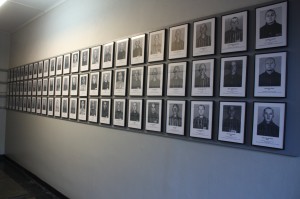
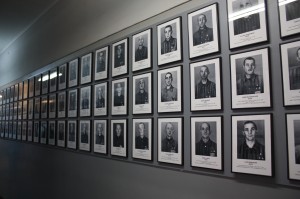
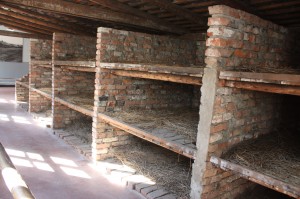
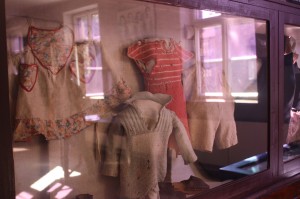
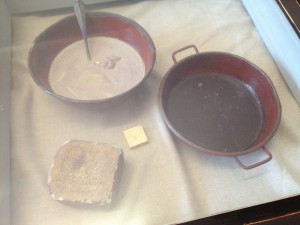
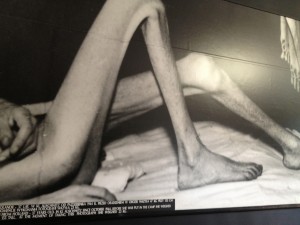
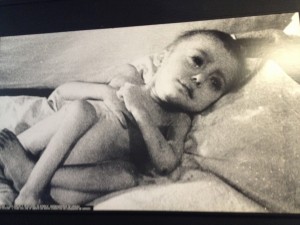
Barrack 7:
Living conditions-as you can imagine, were unsanitary and horrifying.
The courtyard between Barrack 10 and 11 was the place where thousands of people were shot at close range. The windows on the buildings are covered in black so nobody could witness the executions. A memorial is set up here.
Barrack 11-“Death Block” where nobody ever left alive. There were various cell rooms in this barracks-ranging from bad to worse on the torture scale. Some cells were tiny with one tiny window and they would shove 30 people inside. If it was snowing and the window would get covered, the people would suffocate. They also had the Standing Cell-designed to force people to stand (4 in a tiny square) for hours at a time with no respite.
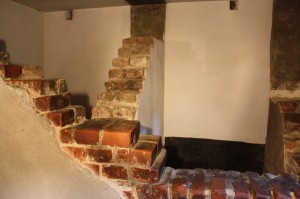
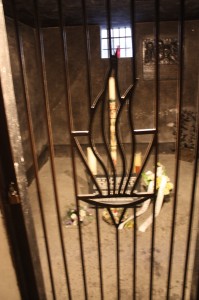
After the main museum, I decided to see just a couple of the other barracks and I started with the one dedicated to the Jewish people who perished. They have videos playing of the victims telling their stories, a creepy room playing silent videos of happy Jewish families pre-war living in Europe. As each video plays they show the year and country and on the back wall you can see pre and post war numbers of the Jewish population in each country. They also have a book. A massive book with the 6 million names of the people who were murdered. Actually, they don’t have all the names-this is still a work in progress. Some families were completely wiped out with all records destroyed, so we still don’t know the names of every single person that was murdered. I believe over 4 million are accounted for to this day, and some will never be known.
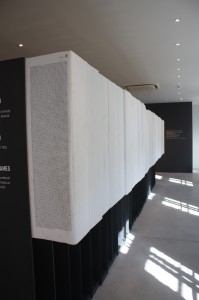
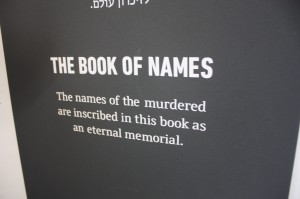
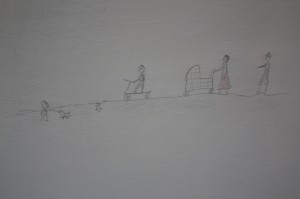
I also walked through the Hungarian barracks where they are playing a heartbeat and it’s dark and modern and I just wanted to leave as soon as I walked in—it was uncomfortable, but I made myself witness it.
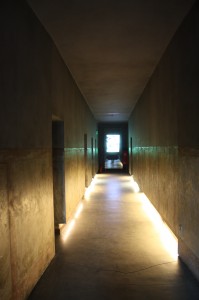
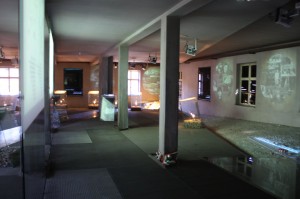
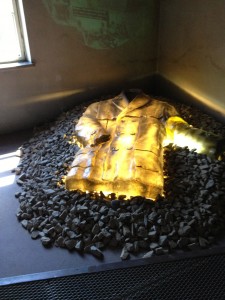
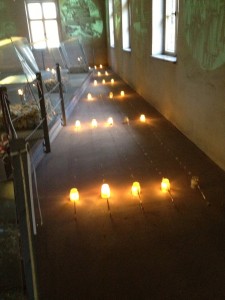
The crematorium at the end of the camp-700 people could be murdered here at once, with 340 bodies burning per day. Far too inefficient for the Nazi’s, this is the main reason Birkenau was built-to kill more people at one time. By the time I walked in to the crematorium, the guided tours had begun and I was trying to avoid them. I managed to walk in to the crematorium completely alone. No one else was around me. It was a scary place to be alone—eerie and filled with death.
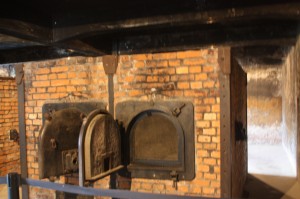
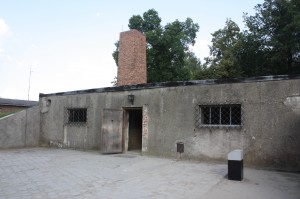
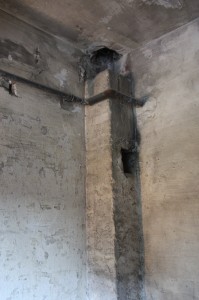
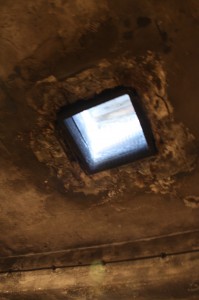
After that, I left Auschwitz I and headed back to Birkenau. I was running out of time because I had to make the hour drive back so Dan could come back and have enough time at both camps as well. I had to race through here pretty fast—but I was emotionally drained at that point anyway. Birkenau is much more horrifying than Auschwitz, and I was surprised by this. I had no idea what to expect here. I can’t stress enough how the sheer size of this place puts the horror into perspective. This was a killing factory. They built barracks from horse stalls. They made people live in horse stalls. One fireplace at each end-the brick rubbed down from so many people trying to get a piece of the warmth.
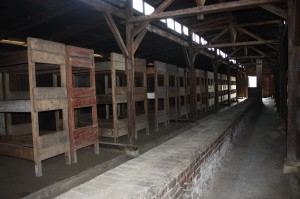
The bathroom barrack was horrible. In fact, the Nazi soldiers were so terrified of dysentery and other diseases that this was the only place they avoided-and it became a black market for trading goods. (Think about the scene in Schindler’s List where the children hide in the poop).
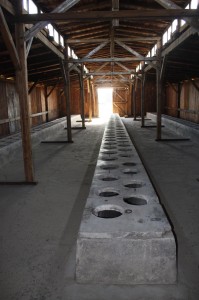
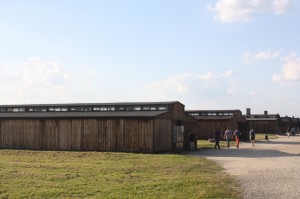
Many of the barracks were destroyed by Nazi soldiers and the crematoriums were bombed by Nazi’s to hide their crimes. The crematoriums are left, untouched, and in ruins, exactly how the Nazi’s left them. It’s haunting to walk to the crematorium and see the steps where so many people took their final steps.
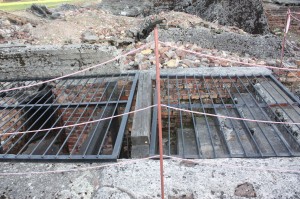
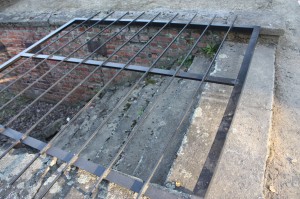
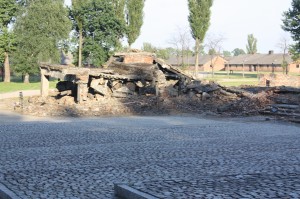
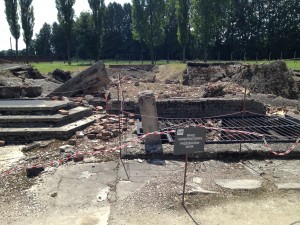
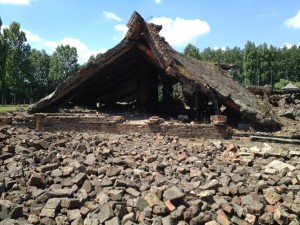
Another haunting experience was walking down the long road from the train platform to the crematorium. The platform is where the Nazi doctors decided which way you went-left meant you lived a little longer and right meant your fate was sealed to the gas chamber. Countless families were torn apart forever at this platform.
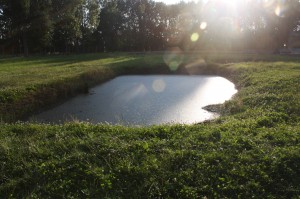
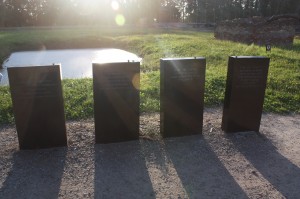
As I left Birkenau and headed back to Krakow, hugging my baby was all I could imagine. I wanted the sweet smell of his breath, the softness of his hair, a kiss and hearing him say “I love you mommy.” I wanted Nathan to run across the fields of death-as a new seed of life. A new Jewish generation-so the Nazi’s would know-they did not win. We lived, we survived and we are thriving.
Thinking about these families that were living their lives-they were murdered, executed, and tortured because of their religion. Because of my religion. That became their story. Life is precious. Never forget.
